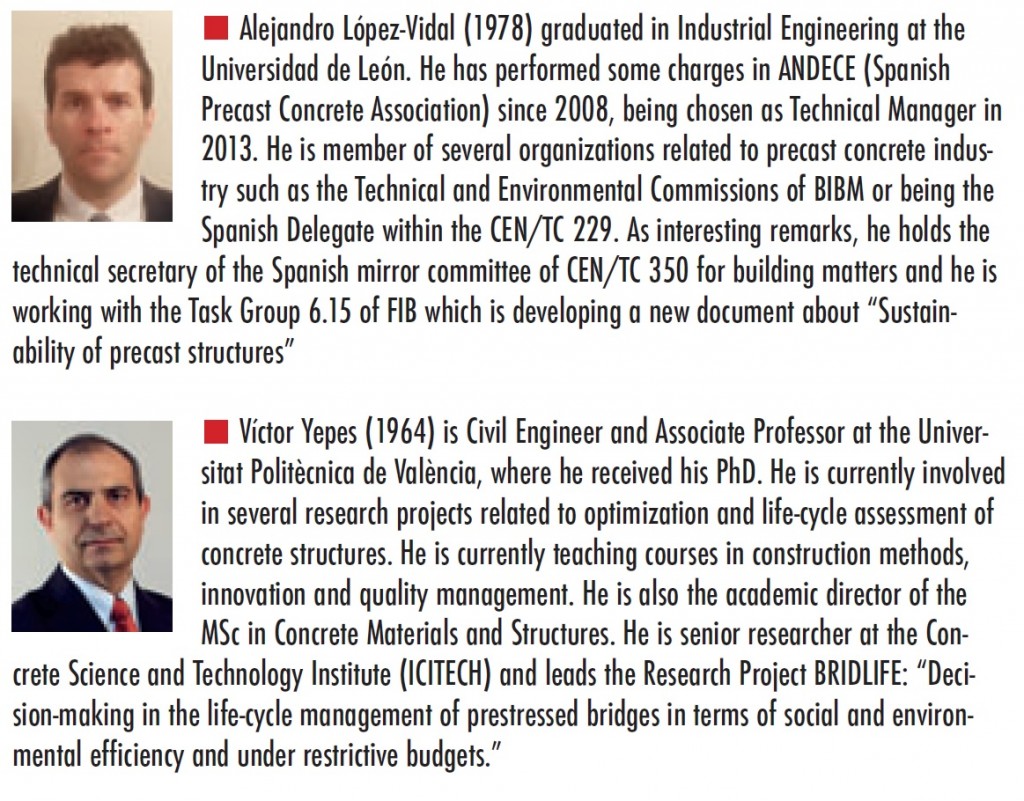 Civil Engineers are involved with the creation, monitoring, and management of infrastructural resources, as well as the ecient, economic utilization and management of renewable natural resources. Nowadays a rapid growth of computer performance enables and encourages new developments in civil engineering as well as related areas. For instance, the construction industry investigates new designs with minimum cost, minimum CO2 emissions, or embodied energy, among other objectives. Conventional optimization techniques are usually inadequate to nd best designs by taking into account all design variables, objectives, and constraints in the complex civil engineering problems. Applications of optimization techniques are most exciting, challenging, and of truly large scale when it comes to the problems of civil engineering in terms of both quality and quantity. In order to overcome the diculties, researchers are interested in advanced optimization techniques. In the recent literature, researchers have applied the advanced optimization techniques to dierent purposes.
Civil Engineers are involved with the creation, monitoring, and management of infrastructural resources, as well as the ecient, economic utilization and management of renewable natural resources. Nowadays a rapid growth of computer performance enables and encourages new developments in civil engineering as well as related areas. For instance, the construction industry investigates new designs with minimum cost, minimum CO2 emissions, or embodied energy, among other objectives. Conventional optimization techniques are usually inadequate to nd best designs by taking into account all design variables, objectives, and constraints in the complex civil engineering problems. Applications of optimization techniques are most exciting, challenging, and of truly large scale when it comes to the problems of civil engineering in terms of both quality and quantity. In order to overcome the diculties, researchers are interested in advanced optimization techniques. In the recent literature, researchers have applied the advanced optimization techniques to dierent purposes.
The aim of this special issue is to collect the studies using optimization algorithms in civil engineering problems such as structural engineering, construction management, and environmental engineering. Potential topics include but are not limited to the following: Intelligent optimization Swarm and evolutionary optimization techniques Single and multiobjective optimization Predictive modeling and optimization Computational complexity and optimization Continuous or discrete optimization Structural optimization Size, shape, and topology optimization New design optimization applications in civil engineering New and novel approaches and techniques for solving optimization problems in civil engineering New research in any areas closely related to optimization and civil engineering designs Authors can submit their manuscripts through the Manuscript Tracking System at http://mts.hindawi.com/submit/journals/ace/otace/

